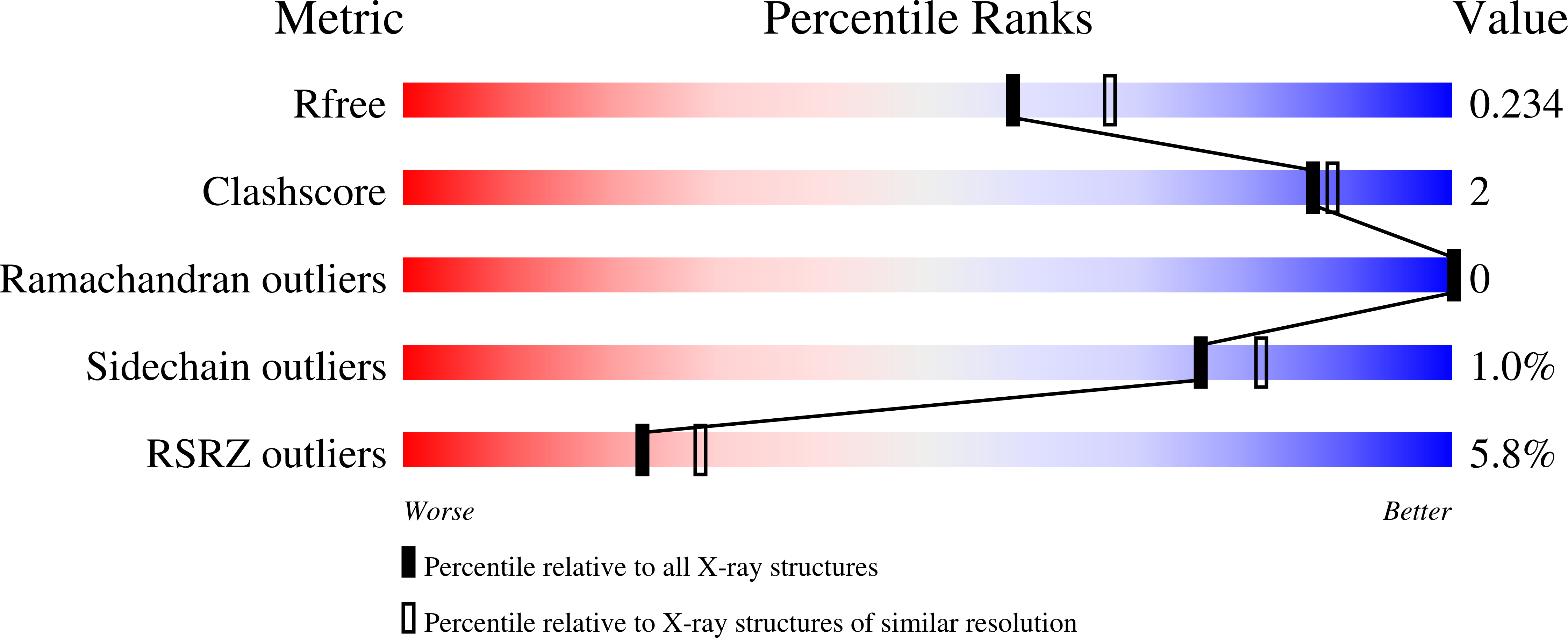
Deposition Date
2019-05-24
Release Date
2020-01-08
Last Version Date
2024-10-16
Entry Detail
PDB ID:
6RTM
Keywords:
Title:
Thioredoxin glutathione reductase from Schistosoma mansoni in complex with 1-[(dimethylamino)methyl]-2-naphthol at 2 hour of soaking
Biological Source:
Source Organism:
Schistosoma mansoni (Taxon ID: 6183)
Host Organism:
Method Details:
Experimental Method:
Resolution:
2.10 Å
R-Value Free:
0.23
R-Value Work:
0.18
R-Value Observed:
0.18
Space Group:
C 1 2 1


